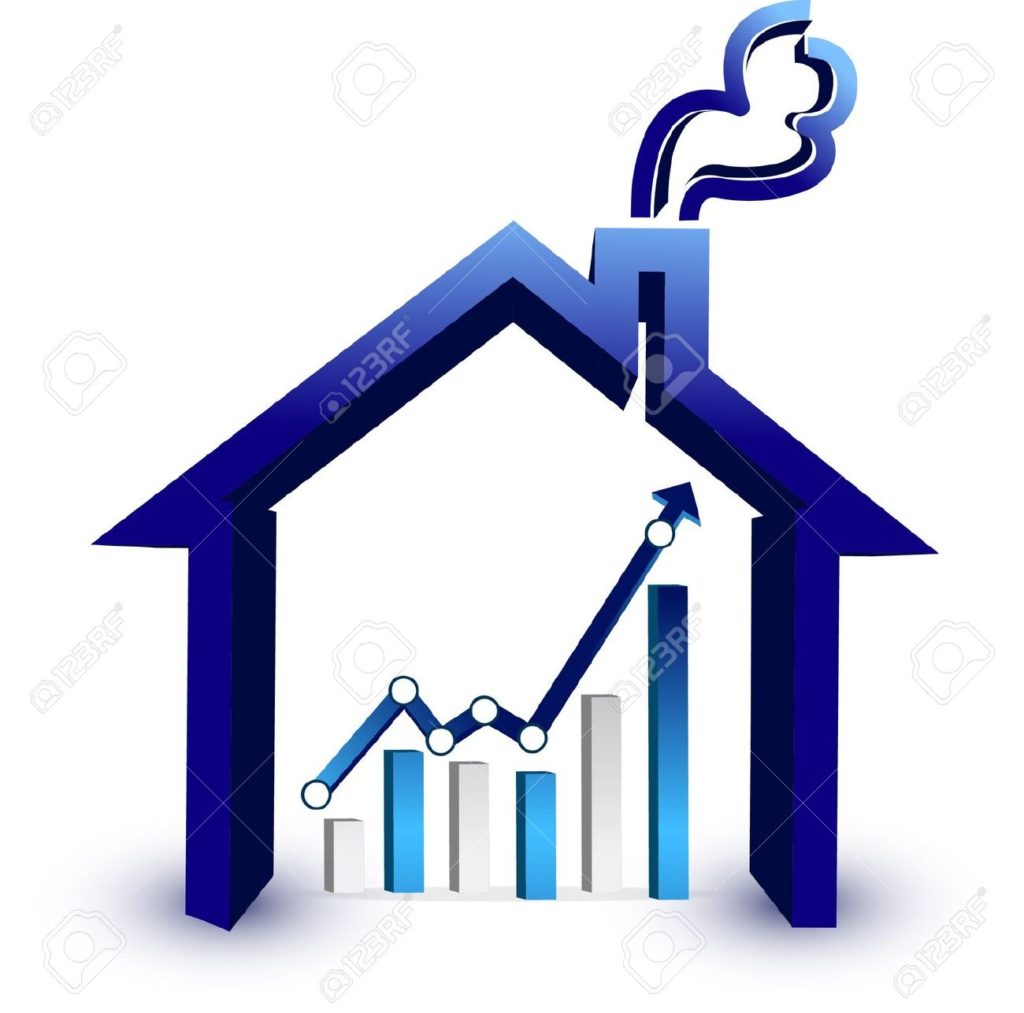Existing-Home Sales Slide in December 2016
Sales Best Since 2006
Existing-home sales had a banner 2016, amounting to 5.45 million—an increase from 5.25 million in 2015 and a decade-high from 6.48 million in 2006, according to the National Association of REALTORS® (NAR).
Overall, 2016 was a “good year for the housing market,” says NAR Chief Economist Lawrence Yun.
“Solid job creation throughout 2016 and exceptionally low mortgage rates translated into a good year for the housing market,” Yun says.
“However, higher mortgage rates and home prices combined with record low inventory levels stunted sales in much of the country in December.
“While a lack of listings and fast rising home prices was a headwind all year, the surge in rates since early November ultimately caught some prospective buyers off guard and dimmed their appetite or ability to buy a home as 2016 came to an end,” says Yun.
Existing-home sales decreased 2.8 percent in December to an annual rate of 5.49 million, according to NAR, with a median price of $232,200.
Inventory over the same period was swallowed up, sinking 10.8 percent to its lowest since 1999: 1.65 million, a 3.6-month supply.
“December’s disappointing numbers may be low in large part because people bought in November instead of December in order to lock in low mortgage rates,” says realtor.com® Senior Economist Joseph Kirchner.
“A persistent decline in the number of homes on the market and prices increasing faster than incomes also have contributed.
“Several trends factored into these numbers,” Kirchner says. “When buyers began to anticipate mortgage rates in November, they rushed to lock in rates, which resulted in a bump in sales.
At the same time, while new home construction completions in December were up 8.5 percent compared to a year ago, they were down 7.9 percent since November. And while incomes are rising, home prices are still rising faster.”
Housing affordability for both buying and renting remains a pressing concern because of another year of insufficient home construction,” says Yun.
“Given current population and economic growth trends, housing starts should be in the range of 1.5 million to 1.6 million completions and not stuck at recessionary levels.
More needs to be done to address the regulatory and cost burdens preventing builders from ramping up production.”
The average commitment rate for a 30-year, conventional fixed-rate mortgage surged in December to 4.20 percent from 3.77 percent in November, according to Freddie Mac.
December’s average commitment rate was the highest rate since April 2014 (4.32 percent).
First-time buyers were 32 percent of sales in December, which is unchanged both from November and a year ago.
First-time buyers also represented 32 percent of sales in all of 2016. According to NAR’s 2016 Profile of Home Buyers and Sellers, the annual share of first-time buyers was 35 percent.
“Constrained inventory in many areas and climbing rents, home prices and mortgage rates means it’s not getting any easier to be a first-time buyer,” Yun says.
“It’ll take more entry-level supply, continued job gains and even stronger wage growth for first-timers to make up a greater share of the market.”
Properties typically stayed on the market for 52 days in December, up from 43 days in November but down from a year ago (58 days).
Short sales were on the market the longest at a median of 97 days in December, while foreclosures sold in 53 days and non-distressed homes took 50 days.
Thirty-seven percent of homes sold in December were on the market for less than a month.
Inventory data from realtor.com reveals that the metropolitan statistical areas where listings stayed on the market the shortest amount of time in December were San Jose-Sunnyvale-Santa Clara, Calif., 49 days.
San Francisco-Oakland-Hayward, Calif., and Nashville-Davidson-Murfreesboro-Franklin, Tenn., 50 days; and Billings, Mont., and Hanford-Corcoran, Calif., both at 51 days.
All-cash sales were 21 percent of transactions in December, unchanged from November and down from 24 percent a year ago.
Individual investors, who account for many cash sales, purchased 15 percent of homes in December, up from 12 percent in November and unchanged from a year ago. Fifty-nine percent of investors paid in cash in December.
Distressed sales—foreclosures and short sales—rose to 7 percent in December, up from 6 percent in November but down from 8 percent a year ago. Five percent of December sales were foreclosures and 2 percent were short sales.
Foreclosures sold for an average discount of 20 percent below market value in December (17 percent in November), while short sales were discounted 10 percent (16 percent in November).
Single-Family and Condo/Co-Op Sales
Single-family home sales declined 1.8 percent to a seasonally adjusted annual rate of 4.88 million in December from 4.97 million in November, but are still 1.5 percent above the 4.81 million pace a year ago.
The median existing single-family home price was $233,500 in December, up 3.8 percent from December 2015.
Existing condominium and co-op sales dropped 10.3 percent to a seasonally adjusted annual rate of 610,000 units in December, and are now 4.7 percent below a year ago.
The median existing condo price was $221,600 in December, which is 5.5 percent above a year ago.
Regional Breakdown
December existing-home sales in the Northeast slid 6.2 percent to an annual rate of 760,000, but are still 2.7 percent above a year ago. The median price in the Northeast was $245,900, which is 3.8 percent below December 2015.
In the Midwest, existing-home sales decreased 3.8 percent to an annual rate of 1.28 million in December, but are still 2.4 percent above a year ago. The median price in the Midwest was $178,400, up 4.6 percent from a year ago.
Existing-home sales in the South in December were at an annual rate of 2.25 million (unchanged from November), and are 0.4 percent above December 2015. The median price in the South was $207,600, up 6.5 percent from a year ago.
Existing-home sales in the West fell 4.8 percent to an annual rate of 1.20 million in December, and are now 1.6 percent below a year ago. The median price in the West was $341,000, up 6.0 percent from December 2015.
Existing-home sales include sales of condominiums, co-ops, townhouses and single-family homes.
For more information, please visit www.nar.realtor.




